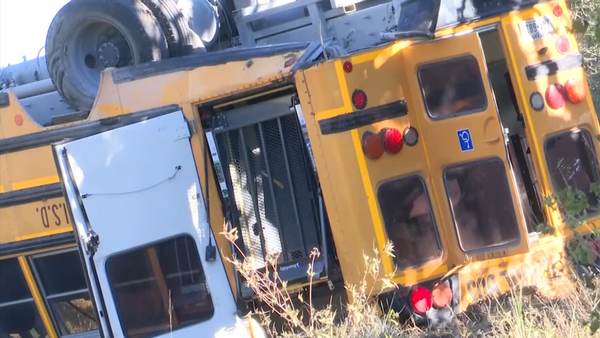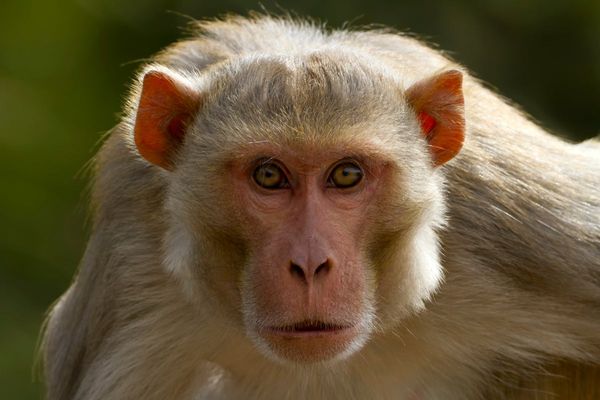
When Andrew Dokhole, a community leader in Isiolo, northern Kenya, took on the task of explaining a proposed soil carbon removal project a decade ago, he had to convince largely illiterate people about the benefits of a “foreign” concept.
“Our people didn’t know what carbon was,” says Dokhole. “There is no word for carbon in our local language, not even in Swahili, the national language. Yet the success of the project depended on the pastoralists understanding how the concept works and how it would affect their daily activities.”
Dokhole had done his research. He understood all the nuances of carbon sequestration – the capturing, removal and storage of greenhouse gas carbon dioxide (CO2) – so he settled on some vivid illustrations to reach people.
“In one forum I asked them, ‘Why do you expel bad gas from your body?’ They said the foul air was not good for the body. I then asked a motorcycle rider in the meeting to rev his bike until black smoke came out of the exhaust. I told them those exhaust fumes were similar to unwanted gases warming the world resulting in more droughts and livestock deaths.
“Now they were interested in the subject because the ‘bad’ air was affecting their livelihoods. But they still wanted to know how possible it was to remove it from the atmosphere. I came with a seedling and covered it with plastic for some time until it died. I told them the plant would have survived had it sucked in enough carbon from the atmosphere and stored it in the soil. The idea sank in,” he says.
To date, these herders in the drought-stricken region have helped rehabilitate 1.9m hectares (4.7 million acres) of land through rotational grazing practices, thus increasing ground cover, in a move that will sequester 50m tons of carbon dioxide over 30 years, equivalent to the annual emissions from more than 10m cars.
In what Kenyan president William Ruto told an audience at Cop27 was an “exemplary project”, the Northern Kenya Rangelands Carbon Project is the world’s first large-scale grasslands soil carbon removal project reliant on modified livestock grazing practices, and the first to work with pastoralists who use communal land resources.
The project that began in December 2012 is also the first of its kind to use the new VM0032 methodology focusing entirely on soil carbon removals. The project area of 14 conservancies under the Northern Rangelands Trust (NRT) is monitored through the remote-sensing Normalized difference vegetation index (NDVI) system, which analyses satellite photos of the Earth’s surface to evaluate plant health and detect how grazing is affecting vegetation.

In 2017, the NRT enlisted the services of Native, a carbon trading company to market the carbon credits. Three years later, 3.2m emissions reduction credits covering 2013-2016 were verified, generating $14.6m (£12.25m).
Each participating conservancy received $324,000 in 2022, with similar amounts expected to be paid out in 2023 and 2024. The project is expected to generate $300m over its lifespan.
“The whole project hinges on herders adhering to a strict grazing management plan overseen by a grazing committee in each conservancy,” says Priscilla Kushi, the senior carbon project officer. “The committee plans the grazing patterns in the different zones within a conservancy. By practising sustainable pastoralism like rotational grazing, grass can regenerate, collect and store more carbon from the atmosphere.”
The sale of the sequestered carbon will bring in money for local projects such as education and sinking boreholes, while enhancing the conservation of four endangered species – the eastern black rhino, Grévy’s zebra, reticulated giraffe and beisa oryx.
“If we have more carbon stored in the soil, we have more grass and healthy livestock that will fetch higher prices in the market resulting in healthy livelihoods. In addition, the project will contribute to thriving wildlife and reduce unnecessary human-wildlife conflicts,” says Mohamed Shibia, regional strategy director at NRT.
Apart from slowing environmental degradation, proponents say the project has brought peace dividends. Northern Kenya is home to the Samburu, Borana, Turkana, Rendille, and Somali – communities that have in the past engaged in bloody conflicts over diminishing resources.
As some communities exhausted their pastures, says Kushi, they would drive their livestock to land belonging to other communities, often with fatal consequences.
“Now we are saying that more than 200,000 people in the project area have 14 conservancies as their grazing fields. We are also talking of 60% of the revenue from the sale of carbon credits funding local community projects, while 40% goes to conservancy operations, peace and governance initiatives,” says Kushi. “Members of different communities can now accommodate each other as they all have a stake in the project.”
The issue of carbon offsets continues to be controversial, with the UN environment programme warning a few years ago that “carbon offsets have been used by polluters as a free pass for inaction”, adding that such offsets “risk giving the dangerous illusion of a ‘fix’ that will allow our billowing emissions to just continue to grow”.

Carbon Market Watch, a not-for-profit organisation that deals with carbon pricing and climate-related policies, says: “Carbon offsetting is (at best) a zero-sum game and does not lead to global emission cuts since greenhouse gas reductions in one place are cancelled out by continued pollution elsewhere.”
Despite the warnings, several African countries are ready to cash in on dollar flows from carbon trading after the inauguration of the Africa Carbon Markets Initiative (ACMI) at Cop27. Some of ACMI’s ambitions include the production of 300m carbon credits annually by 2030 and 1.5bn annually by 2050. The programme, proponents argue, will see 30m jobs supported by 2030 and more than 110m by 2050, and “unlock billions for the climate finance needs of African economies”.
With the UN’s Intergovernmental Panel on Climate Change warning that CO2 emissions must be cut 45% by 2030, compared to 2010 levels, the mega carbon project in Kenya is a welcome one.
“Though there are 43 conservancies in NRT, only 14 are participating in the inaugural project capped at 2m hectares. With pressure from the other conservancies, there are plans to start four other parallel programmes,” says Kushi. “It is a win for the environment and a win for the pastoralists.”







